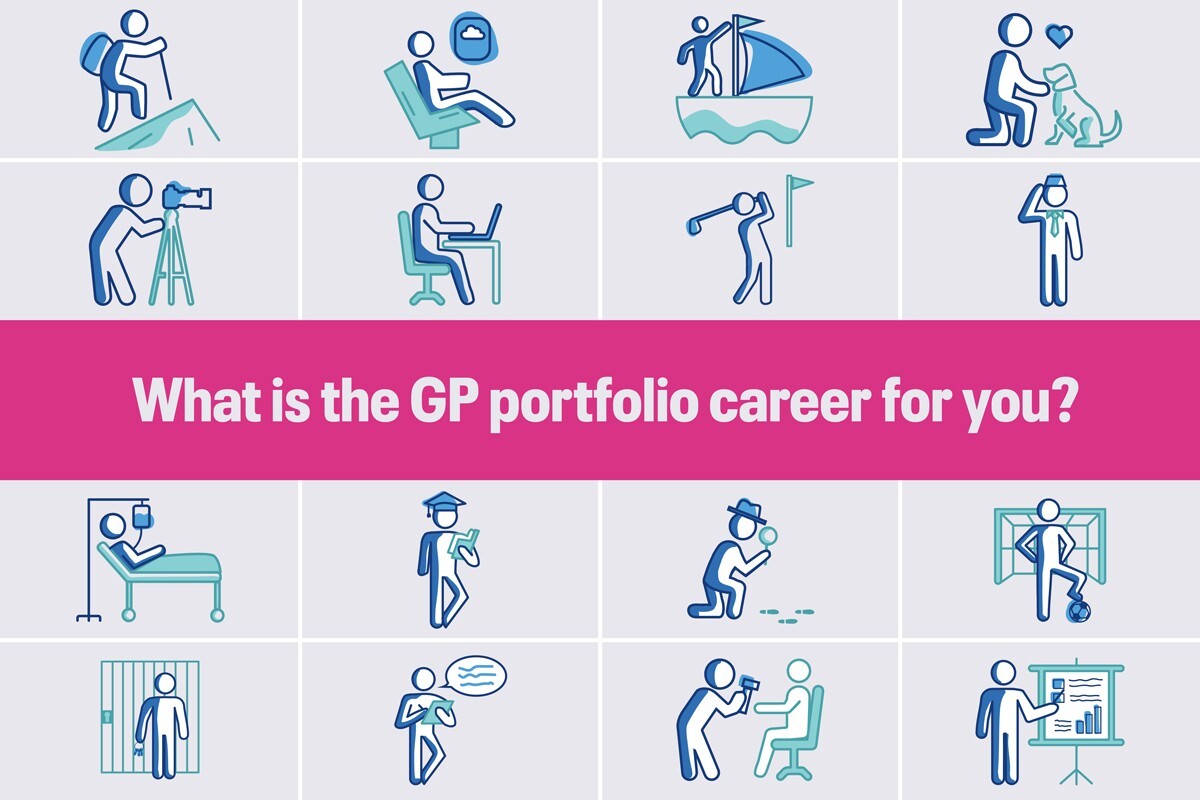How does local enhanced service funding vary across England?

The suite of local enhanced services offered to GP practices across England varies massively, with ICBs free to decide the number and value of services they commission. In this part of Pulse’s new investigation into LESs, Eliza Parr looks at how much ICBs spend per patient
Pulse’s investigation into local enhanced service (LES) funding at each ICB reveals huge variation in the funding offered per patient, with one area of London offering only £1.62 while its neighbour provides £25.23.
Freedom of Information responses from all 42 ICBs indicate that the total spend on LESs across England in 2024/25 was just over £750m. With a registered GP patient population of around 63.7m, the average LES spend per patient is approximately £11.84.
However, some ICBs stressed that comparison between areas or to a national average is difficult due to the differences in the number of services provided and the way in which they commission services. For example, in South East London – where spend per patient appeared to be the lowest – local commissioners said this figure excludes ‘GP premium services’, which may have been included by other ICBs.
There is no standard set of services that ICBs are obliged to commission, and this means the number of LESs differs in each area. For example, Mid and South Essex commissioned 14 enhanced services to GP practices in 2024/25, while Staffordshire and Stoke-on-Trent offered more than double with 29 LESs.
For this reason, some ICBs argued that comparisons with a national average are not representative. Cambridgeshire and Peterborough said that ‘investment across ICBs is not comparable as it will vary from ICB to ICB dependant on locally agreed pathways, population health needs and financial affordability’.
Meanwhile, local commissioners in Lincolnshire said their spending per patient figure of £10.35 is a ‘crude calculation’. But their criticism of comparisons between ICBs points to the very problem with variation across England. They said: ‘Making comparisons across systems is flawed as we don’t all have the exact same number of enhanced services commissioned – for example, some have as many as 45, in Lincolnshire we have 15.’
North East and North Cumbria ICB pointed out that comparisons between ICBs are ‘difficult’ because they may ‘record or code costs differently’. ‘Some services are provided by GPs using various mechanisms, some by federations, and others by NHS and third-sector community provider’, the ICB added.
In Suffolk and North East Essex, local commissioners suggested that when comparing ICBs, the differences in commissioning must be considered. ‘Any comparisons by head of population need to take into account other expenditure on primary care services, for example, in Suffolk and North East Essex we still have a significant proportion of PMS contracts which cover services offered as a Locally Enhanced Service in other health systems,’ a spokesperson told Pulse.
On the issue of ‘GP premium services’, South East London ICB said: ‘Other ICBs may well have included these in their figures as increasingly these are no longer contracted via core GP contracts and instead via locally commissioned contracts. This may lead to discrepancies when comparing across ICBs.’
It’s clear that differences in the way ICBs commission local contracts make like-for-like comparisons tricky, and may explain some of the large disparities between different areas. Nevertheless, Pulse’s findings on LES funding indicate significant variation in the income available to GP practices across the country, as well as the range of services available to patients.
Portfolio careers
What is the right portfolio career for you?













